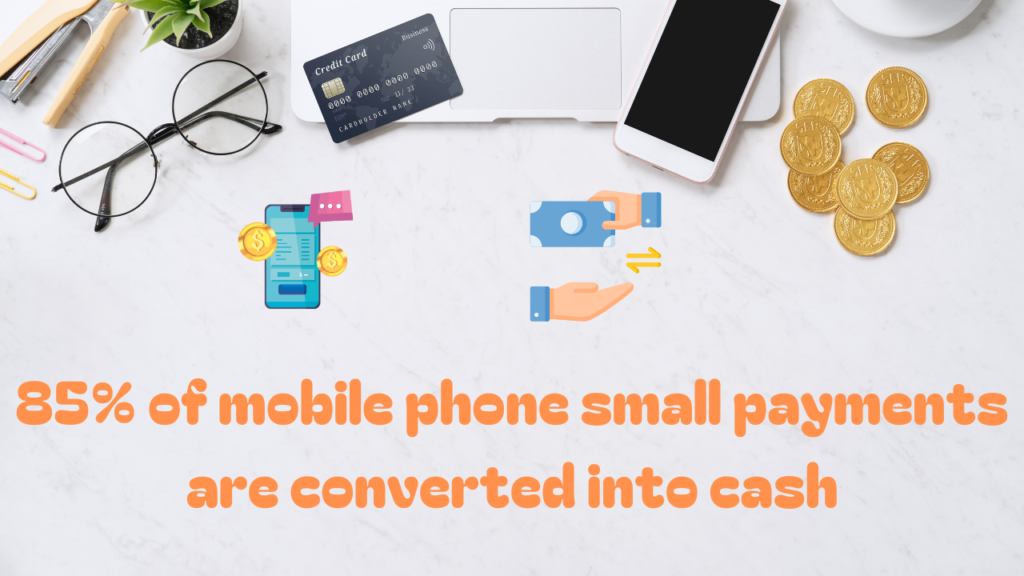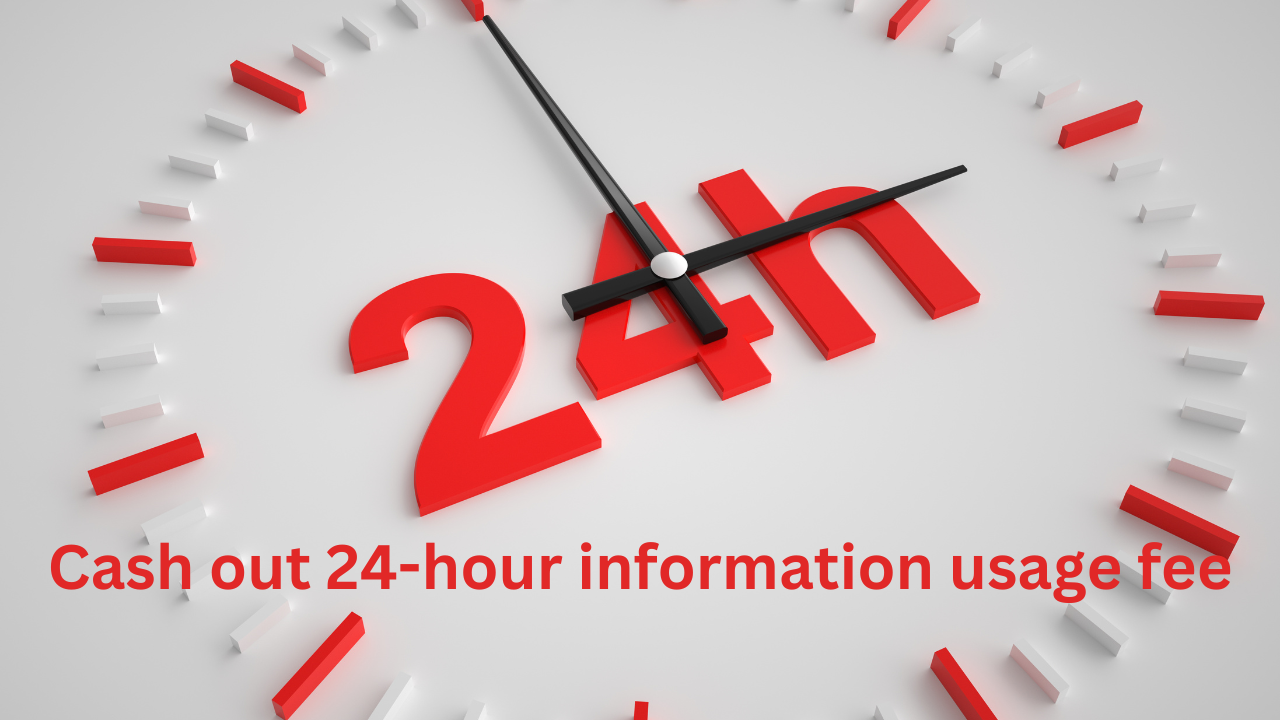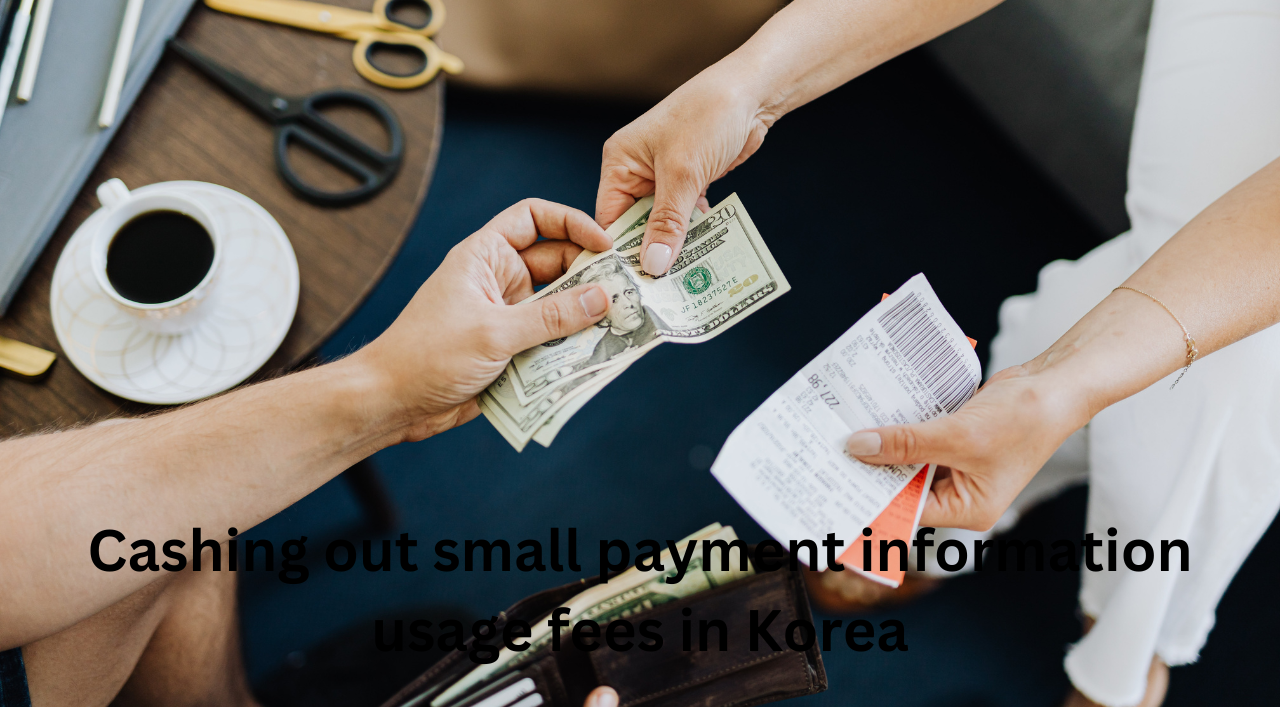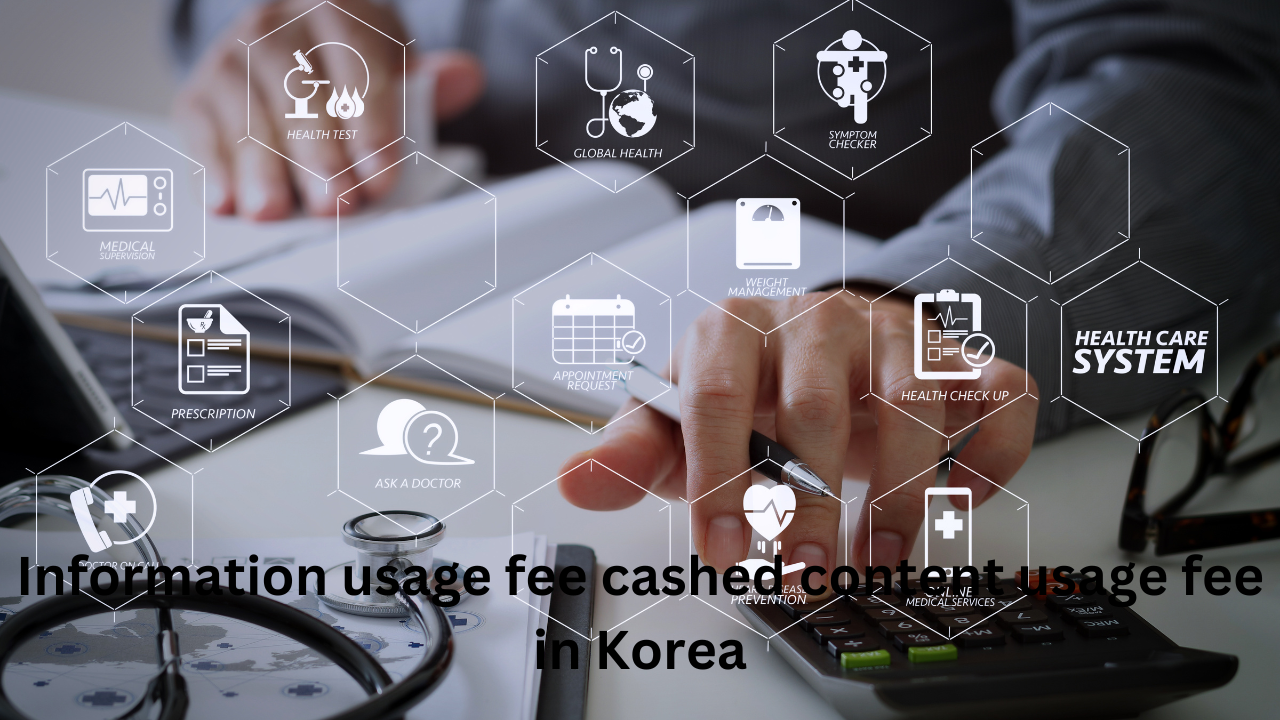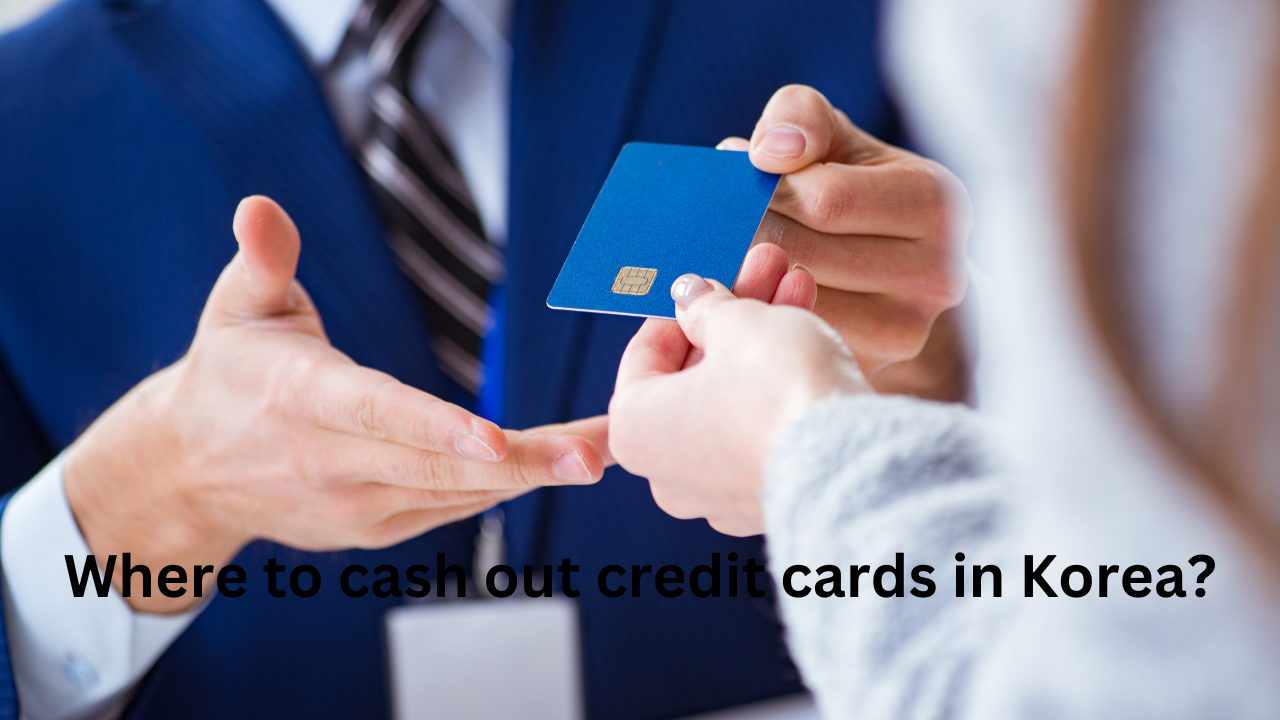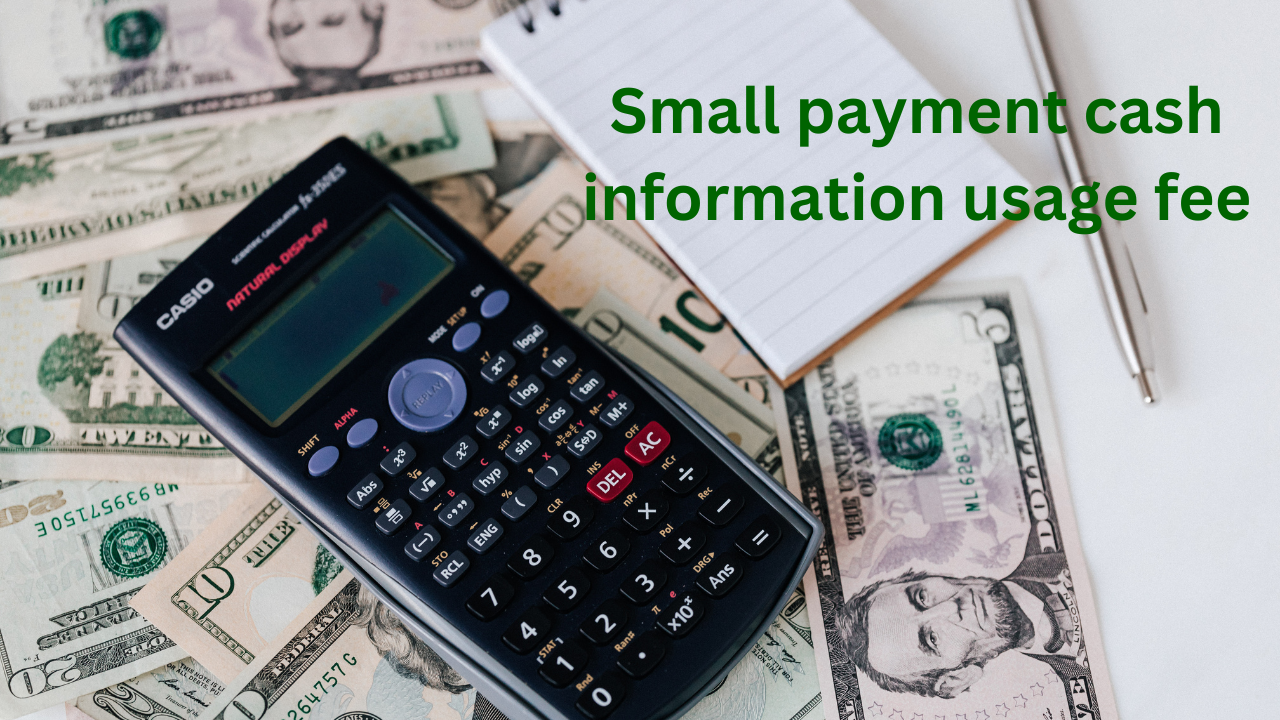The Korean market has seen a rise in smartphone transactions in the past few years. Numerous people now use their mobile phones to make payments for goods valued at small sums, such as drinks, snacks, etc. However, most Korean people believe that it is necessary to have money to make most transactions.
In Korea, it was reported that over 85% of mobile phone small payments are converted into cash. This is a significant figure as the number is higher than in any other country. Koreans can swap the most minor changes that can be found in their mobile payment apps for money. Several companies also provide this service at payment vendors, ATMs, and other places. In this article, we will have a detailed examination of how cash-out works and why it is primarily used in Korea.
Increase in Mobile Wallet Apps Use
Over the past years, a number of mobile payment apps have significantly taken hold of the market with the Korean customer. Kakao Pay and Payco support the linking of bank accounts and credit cards so that people can pay for items with a tap of their phone. The fact that a person does not need to enter passwords by swiping or scanning the card has resulted in the continuous growth of the use of digital payment methods.
Popularity of Cash-Out Services
As people gradually realized that they were paying with their phones for minuscule things, it followed that a very substantial amount of “digital pocket change” was amassed in those wallets that were not being spent. This later caused the emergence of cash-out services, which allow customers to take their money out of their payment programs. This kind of service tends to become prevalent, with more than 85% of mobile phone small payments are converted into cash by cash-out providers in Korea.
How Cash-Out Works?
The process is straightforward. Users can go to a participating convenience store, ATM, or other location. They log into their cash-out app and request to withdraw a certain amount of cash, such as 2500 won from payments they made that week. The cash is then dispensed so they can use physical money for other purchases or savings. No fees are charged for typical withdrawn amounts.
Top Cash-Out Service Providers
The leading cash-out services used in Korea include Toss, Kakao Bank, and Ok Cashbag. Toss, in particular, has partnered with most of the major convenience store chains, allowing users to pull out money earned on their payment app right after shopping. Their widespread access and partnerships have helped Toss become the top cash-out app preferred by Koreans.
Benefits of Cash-Out Options
With over 85% of mobile phone small payments are converted into cash in Korea going through cash-out services, there must be clear benefits for users.
Convenience
Cash-out options allow users to withdraw small changes from their digital wallets with a few clicks or taps. This is more convenient than having to spend accumulated funds or transfer them to a bank account.
Familiarity with Cash
Many Koreans prefer to deal with physical cash rather than digital payments for all transactions. Cash-out services let them continue using the payment method they are familiar with.
Control and Savings
By pulling out spare cash, users feel they have better control over their finances. They can then decide to use the money or save up for a more significant future purchase. This encourages better money management habits.
Final Thoughts
Korea has emerged as a unique case study in the interplay between growing digital payments and persisting cash usage. The fact that over 85% of mobile phone small payments are converted into cash through services like Toss and Kakao Bank shows both the strength of cash-out platforms in the local market as well as Koreans’ continued affinity for physical money. As mobile payment apps increase further and more daily purchases go cashless, cash-out providers can expect even greater volumes of the 85% of small digital transactions being converted back to cash running through their platforms.


